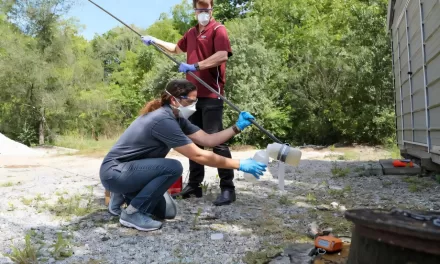Parents of children diagnosed with unilateral congenital cataracts (UCC) often grapple with questions regarding the duration and potential impact of patching therapy on their child’s development. However, a pioneering study published in JAMA Ophthalmology offers reassuring insights, indicating that continued patching throughout the preschool years does not adversely affect child development or parenting stress.
Led by Carolyn Drews-Botsch, chair of George Mason University’s Department of Global and Community Health, the study represents a significant advancement in understanding the implications of patching therapy for children with UCC. Notably, it is the first investigation to specifically assess the impact of patching on child and family functioning in this population.
The research addresses concerns among families and healthcare providers about the potential harm associated with prolonged patching, especially for children with poor vision in the treated eye. However, the findings suggest otherwise, providing valuable reassurance to parents and caregivers.
“Parents may be reassured that continuing to patch is not likely to cause significant harm to families or children,” affirmed Drews-Botsch.
Children with UCC are born with cloudy or opaque vision in one eye, necessitating early intervention to prevent blindness. Following surgery, occlusion therapy, commonly known as patching, is prescribed to promote vision development in the affected eye. Despite the challenges associated with patching, such as ensuring consistent wear, the study found no significant negative impact on parenting stress or child development.
Surprisingly, the research revealed that parenting stress, child behavior problems, motor functioning, and self-perception were comparable across different levels of patching intensity. This includes children patched for fewer than 15 minutes a day and those patched for at least 2 hours daily.
The study, conducted using data collected between 2006 and 2016, underscores the importance of continued patching in children with UCC, emphasizing its role in mitigating the risk of lazy eye (deprivation amblyopia). Co-authors on the paper include experts from Stanford University, Emory University, Akron Children’s Hospital, and George Mason University.
Moving forward, the study paves the way for informed decision-making regarding patching therapy in children with UCC, offering valuable insights to clinicians and caregivers alike.











